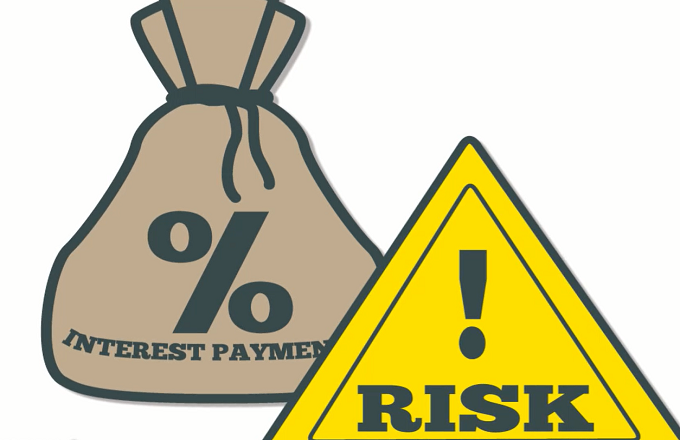During a review of public sector banks’ (PSBs’) performance on March 25, Finance Minister urged banks to stay vigilant about “interest rate risks” and conduct regular stress tests.

Why is this in the news?
Rising interest rates induced by inflation have raised concerns about the spread of banking crises in the United States and Europe.
What exactly is interest rate risk?
- Interest rate risk alludes to the possibility of a loss as a result of interest rate fluctuations.
- If interest rates increase, the value of a bond or other fixed-income security will fall.
- Interest rate movements are usually inversely related to the market value of fixed-income assets.
- In general, the values of presently issued fixed income instruments fall as interest rates rise and rise as interest rates fall.
What impact does it have on banks?
- Banks are affected by interest rate risk in several ways. Interest yields: Banks generate interest income by lending funds to borrowers at a rate that is greater than the cost of borrowing those funds. When interest rates rise, banks’ cost of borrowing money rises, reducing their net interest margins (NIMs) and profitability.
- Bond yield: Banks’ portfolios contain a significant quantity of fixed-income securities, such as government bonds, corporate bonds, and mortgage-backed securities. These securities produce a fixed interest income that is susceptible to changes in interest rates. When interest rates increase, the value of banks’ fixed-income securities falls, potentially resulting in a loss in the value of their investment portfolio.
- Burden of liabilities: Bank liabilities, such as deposits, typically have brief maturities, whereas assets, such as loans, typically have extended maturities. When interest rates rise, the cost of funding short-term liabilities rises, while interest on longer-term assets stays constant. This can have a negative effect on bank profitability and capital flows.
Why do banks turn to raising interest rates?
- Banks raise interest rates for a variety of causes, including:
- Combating inflation: When prices rise rapidly in the economy, the central bank may raise interest rates to discourage borrowing and spending, thereby cooling the economy and lowering inflationary pressures.
- Attract deposits: Banks may increase interest rates to entice savers to deposit more money, allowing them to lend more money and make more profits.
- Banks may raise interest rates in reaction to changes in the global financial market or to protect their own financial stability in the face of potential risks or shocks.
Source: https://www.investopedia.com/articles/optioninvestor/08/manage-interest-rate-risk.asp
